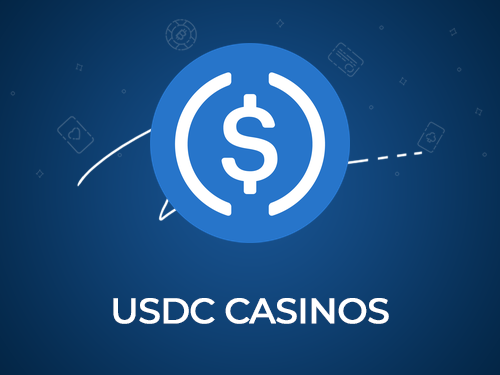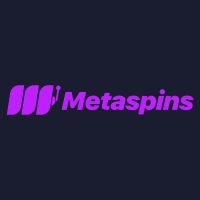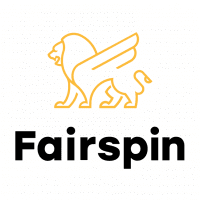USDC, short for US Dollar Coin, is a fairly recent addition to the stablecoin family. Launched in 2018, it was created under a joint move by Circle and Coinbase.
Circle is a cryptocurrency finance company whose headquarters are in Boston. It has been in existence since 2013 and has the backing of top-notch firms such as Goldman Sachs. On the other hand, Coinbase is one of the largest and most popular crypto exchanges based in the US.
Following its launch in September 2018, the stablecoin got off to a great start. By December of the same year, it was the #5 cryptocurrency by market capitalization. Given that it is neither the first stablecoin nor the most popular one, what makes it special?
Take a look at two of its unique features to fully understand why it’s a special stablecoin.
- Fully Audited – Grant Thornton, one of the world’s top 10 accounting companies, regularly audits the USDC. The purpose of this regular auditing is to confirm that it actually has sufficient US dollars in reserve as collateral for the coins in circulation.
- Regulated – Coinbase, one of the stablecoin’s parent companies, is registered as a Money Service Business in the US. As such, the currency falls under the oversight of the Financial Crimes Enforcement Network (FinCEN), which is a top-tier government agency.
Like a good number of cryptocurrencies, USDC is created on the basis of the Ethereum network’s ERC-20 protocol. However, unlike most other cryptocurrencies, it is not mined. Essentially, it is a representation of one unit of the US dollar on the Ethereum blockchain.
Similar to other stablecoins, the USDC is a tokenized version of the US dollar. In order to make this possible, the creators back up every unit in existence with one US dollar. The process of tokenization takes three steps:
- A USDC buyer sends US dollars to the bank account of the token issuer.
- The token issuer creates a corresponding number of USDCs using the stablecoin’s smart contract.
- The buyer gets USDC tokens and the equivalent amount of US dollars goes into the creator’s reserve.
Though it has only been in existence for a couple of years, the USDC project has already accomplished amazing milestones. For instance, since its inception, it has managed to bring on board upwards of 60 partners.
How does USDC compare to other stablecoins?
Take a look below at the simplified comparison table of the most popular stablecoins. You can find all the available stablecoin casinos here.
| Censorship Resistance |
Transaction Fees |
Peg Effectiveness |
|
| US Dollar Coin (USDC) |
Not resistant to censorship |
No fees for inbound transactions, Gas fees for outbound transactions, no fees for bank wires |
Highly effective |
Second most widely adopted after tether |
| Tether (USDT) |
Not resistant to censorship |
No fee for Tether deposits and withdrawals, 0.1% for fiat withdrawals and deposits |
Frequently deviates |
Most widely adopted |
| Paxos Standard Token (PAX ) |
Not resistant to censorship |
0.1% fees for all deposits and withdrawals |
Highly effective |
Third most widely adopted |
| Dai (DAI) |
Resistant to censorship |
ETH Gas fees for all transactions |
Most effective |
Least widely adopted |














